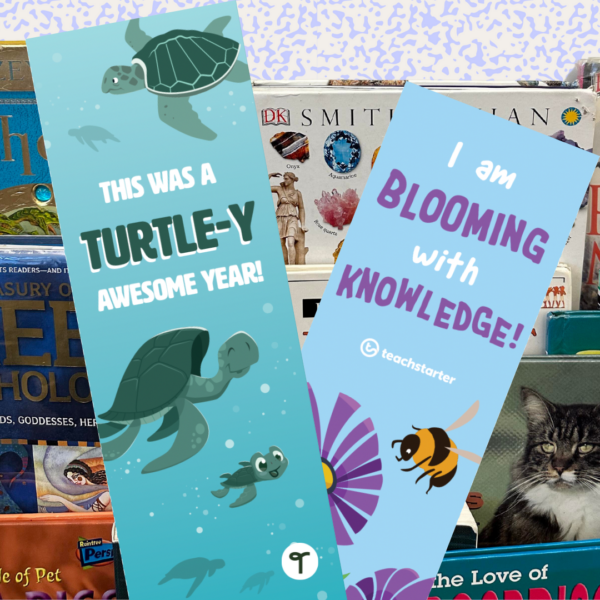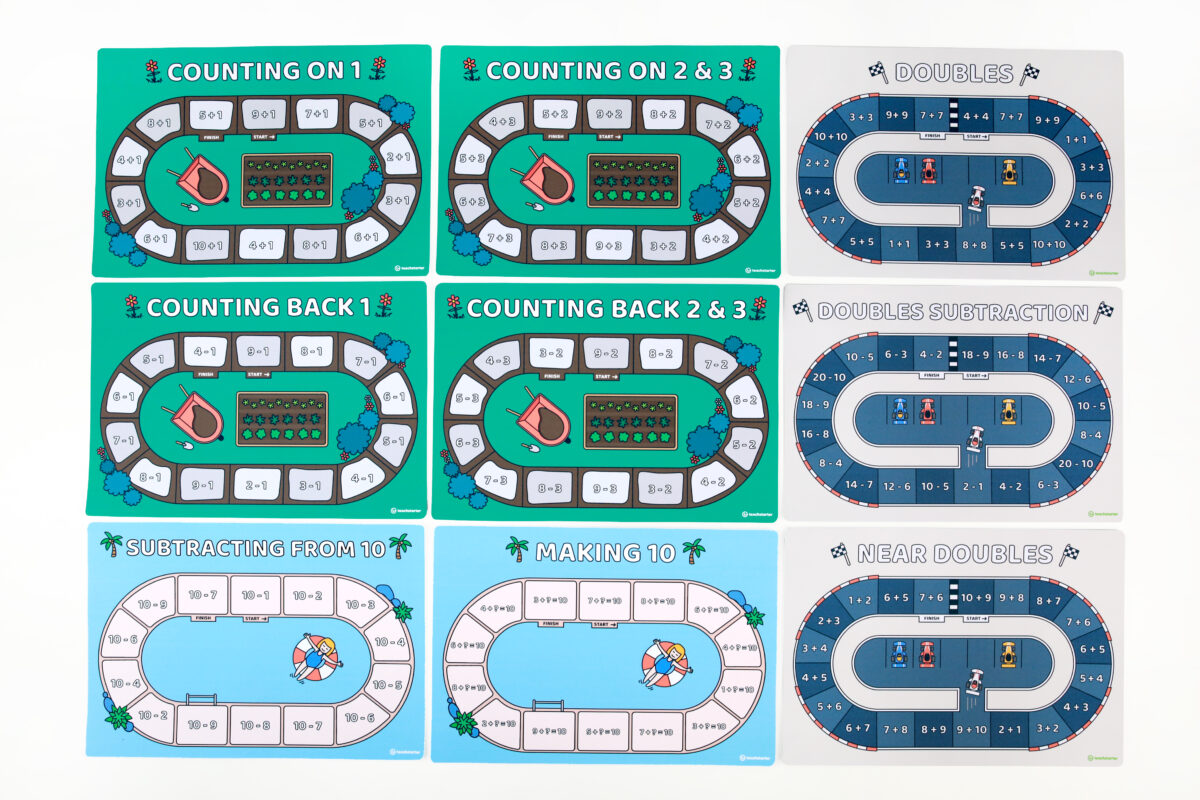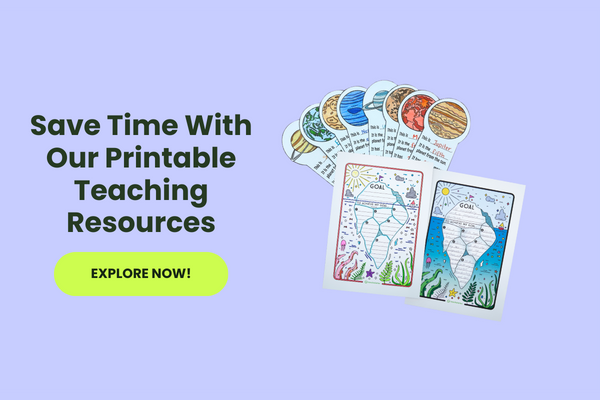You’ve worked hard all year and now your students are off to enjoy their summer breaks. Worried your students are going to suffer some serious summer brain drain over break? You’re not alone.
The “summer slide” is something educators have been wrestling with for decades, and researchers can’t make heads or tails of exactly who is going to suffer. Is the summer slide real? What should teachers be doing to help students — and parents — prevent summer learning loss?
What Is the Summer Slide in Education?
Maybe you’ve heard the term thrown about, but you’re not quite sure what it is. Essentially, the summer slide in education is the idea that students suffer a learning gap because of the time taken off between the end of one school year and the next.
The worry dates back to the 1980s, when a longitudinal study called the Beginning School Study tracked first graders in Baltimore, Maryland, testing them in the fall and again in the spring over a period of years. At the start, the students’ test scores were 16 points below other students on a standardized test called the California Achievement Test. By eighth grade, that gap had risen to 56 points below their peers. Based on 20 years of data, researchers concluded this achievement gap was due at least in part to the time students would take off for a summer vacation.
Is Summer Slide Real?
It sounds like common sense. If students aren’t in school learning, then they’re losing knowledge. After all, any teacher who has come back from even a shorter winter break can tell you that students seem to have mysteriously forgotten skills they were adept at just a week or so prior.
But if you’re wondering if the summer slide is really worth worrying about, you’re not alone. Studies on the impacts of a summer break on students are mixed, with some concluding the summer slide isn’t real and others shouting out loud that parents and teachers need to stay on alert.
The effects of the summer vacation period seem to differ depending on the subject, the grade, a child’s socioeconomic status, and even their race.

How to Prevent Summer Brain Drain
So what do researchers know about summer brain drain? When it does crop up, they know there are ways to prevent it … or at least mitigate the effects of a few solid months spent outside the classroom. The number one key is to keep kids engaged in academic activities even when they aren’t attending school.
Easier said than done, huh? Good thing the teachers of Teach Starter have a few tips on how to make sure your little learners don’t lose all the important skills they’ve learned in your classroom. Read on for summer reading, science, and math ideas that we promise are actually fun (no, really!).
Summer STEM Challenges
Summer is a good time for students to look around the house for stray items that can be repurposed for their creativity. It’s the time of year when your average cardboard box becomes a rocket ship, or your refreshing seasonal glass of lemonade inspires a business plan. Inspire innovation with STEM challenges that students can easily do at home:
- Design a Lemonade Stand
- Plan a Carnival
- Design a Summer Camp
- Design an Ice Cream Shop
- Build a Board Game
Create a Summer Reading List
It’s pretty hard to overstate the importance of summer reading for kids. One study estimates that kids who are reading at home during the school break gain as much as a month’s worth of reading proficiency — even without a teacher there to guide them. Pretty impressive, huh?
You can create a suggested reading list for your class — you know them best — or borrow a book list from the American Library Association (they’re free!) or print out our (free) summer reading challenge.
For a nice twist on the traditional summer reading lists, we suggest working with your students to build their own book “wish lists” that they can take to the library during the summer to work their way through.
Send Them on a Library Scavenger Hunt
Summer is a great time for students to get acquainted with their local library. Not only do libraries typically have a ton of fun summer activities for kids, plus reading challenges that they can get in on, libraries are open to everyone in town — you don’t have to worry about the experience being too expensive for some kids to take part!
Want to make sure the kids have an extra special experience when they hit the library? We do too! That’s why Teach Starter’s teacher staff created library scavenger hunts for both lower grade and upper grade students.
Send Home Bookmarks
We promise there’s more than just summer reading on this list, but we had to share just one more. There’s nothing quite like a shiny new bookmark just begging to be used to make a child crack open a book. We love these free “decoding strategy” bookmarks that help young readers when they encounter new words, or these “turtle-y fun” animal-themed bookmarks you can print out to send home on the last day of school as they “slide” into summer!
Complete Colorful Multiplication
If Phineas and Ferb are to be believed, there are at least 104 days of summer vacation, and kids are looking for a good way to spend them. It’s a good thing there are dozens of coloring activities that will help them practice their multiplication and prevent the summer slide.
Crazy boxes are like the math equivalent of the choose your own adventure books: The 15 pages each allow students to pick 12 of their very favorite colors and fill in the key at the top of the page. They complete the grid by multiplying the row number by the column number and coloring the box according to their own key.
Add another challenge with Color By Number — with a multiplication twist. The resource pack is packed with 15 different coloring activities to beat back the summer math slide.
Play Number Facts Board Games
There are only so many rounds of Monopoly or Operation you can play during summer break. Fortunately, there’s another option! Send your math students home with their own Number Facts board game, and they’ll spend rainy days making 10, subtracting, counting back, and more. Or at least you can hope?
For students who have been working on multiplication and division, opt instead for our Cover Up Multiplication game or the Multiply It or Divide It board game may best for keeping kids on track.
 Color Mystery Pictures
Color Mystery Pictures
No, we’re not talking about those wild pictures from the 90s that revealed themselves if you stared long enough. These hundreds charts are designed for little mathematicians to color the pattern only to reveal a fun picture that was hiding in plain sight! There are 32 versions, including dinosaurs, lions, a box of crayons, and more … all just waiting to be revealed over summer break.











Comments